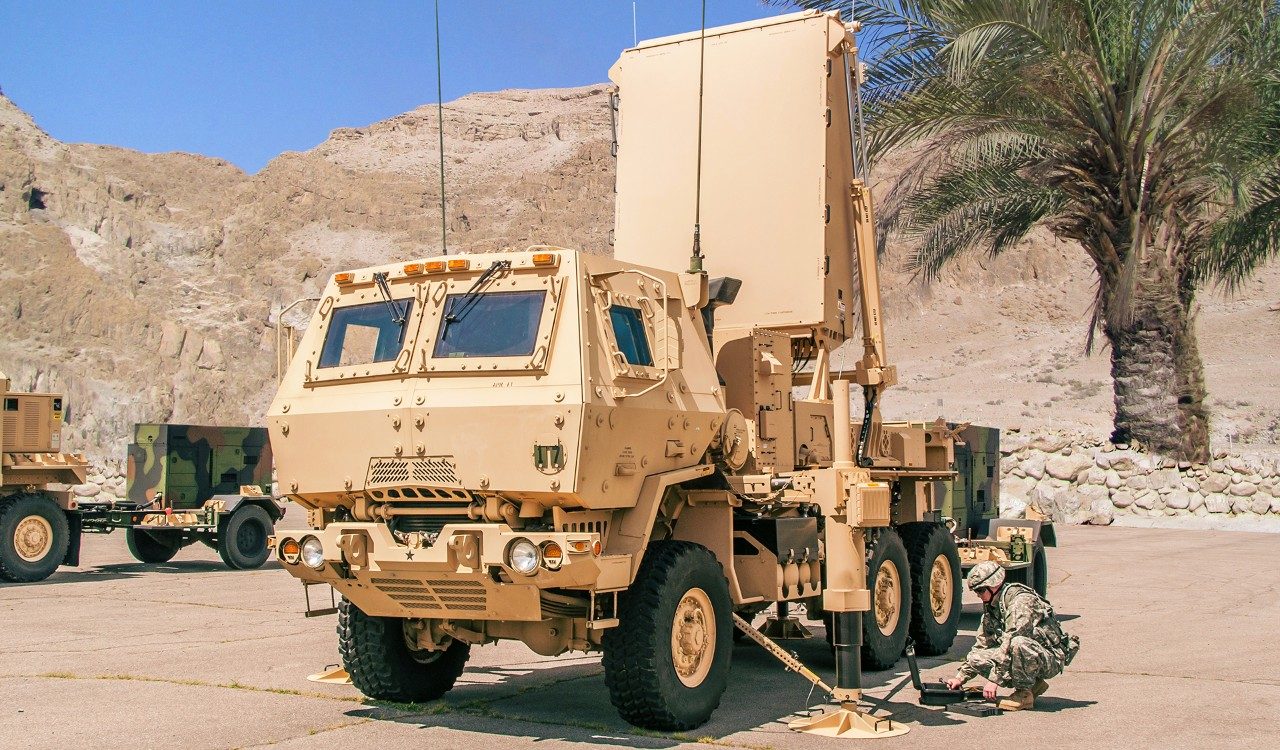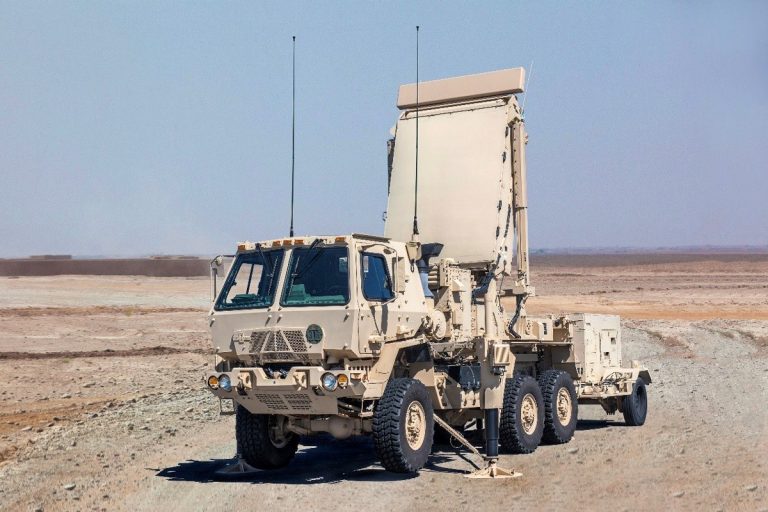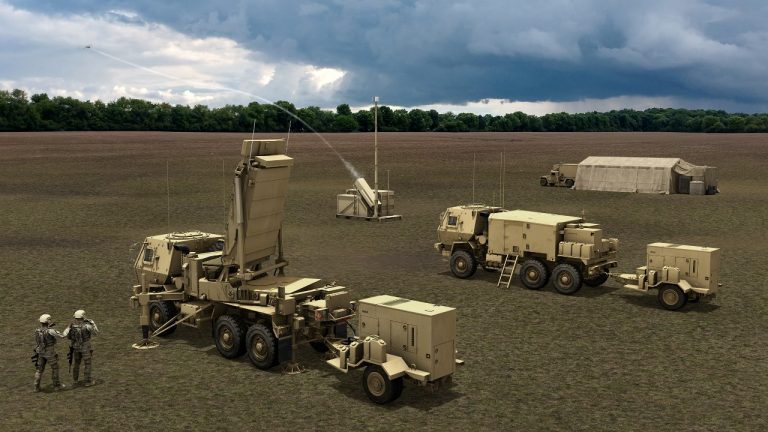The AN/TPQ-53 radar system has a long, rich history protecting the U.S. Army for more than a decade. The Q-53 has proven experience detecting mortars, rockets and artillery and is responsible for keeping troops protected, ensuring a safe return home to their families.
The solid-state phased array AN/TPQ-53 radar system, or, Q-53, detects, classifies, tracks and determines the location of enemy indirect fire in either 360 or 90 degree modes. The Q-53 replaced the legacy AN/TPQ-36 and AN/TPQ-37 medium-range radars in the U.S. Army’s inventory. Compared to the Q-36 and Q-37, the Q-53 provides enhanced performance, including greater mobility, increased reliability and supportability, lower life-cycle cost, and reduced crew size.
The Q-53’s active electronically scanned array (AESA) provides the foundation for multi-mission capabilities. The Q-53 has demonstrated the ability to identify and track unmanned aerial systems (UAS), showing the capacity to incorporate air surveillance simultaneously with counter target acquisition in a single sensor.
In 2017, the U.S. Army awarded Lockheed Martin an order-dependent contract for additional Q-53 systems. Since Lockheed Martin won the development contract for the Q-53 radar in 2007, the company has to deliver more than 200 radar systems.
Successfully Deployed in Combat Since 2010
Multi-Mission
Rapidly Deployable
Proven Performance

Hands On with the Q-53
All Q-53 radars go through rigorous testing at Yuma Proving Ground in Arizona before the U.S. Army accepts them for service.
Lockheed Martin can provide onsite demonstration of the system’s capabilities to potential international customers at Yuma. These hands-on events include technical briefings and live-fire operations.
Learn more about arranging a Q-53 demonstration by requesting more information below.






